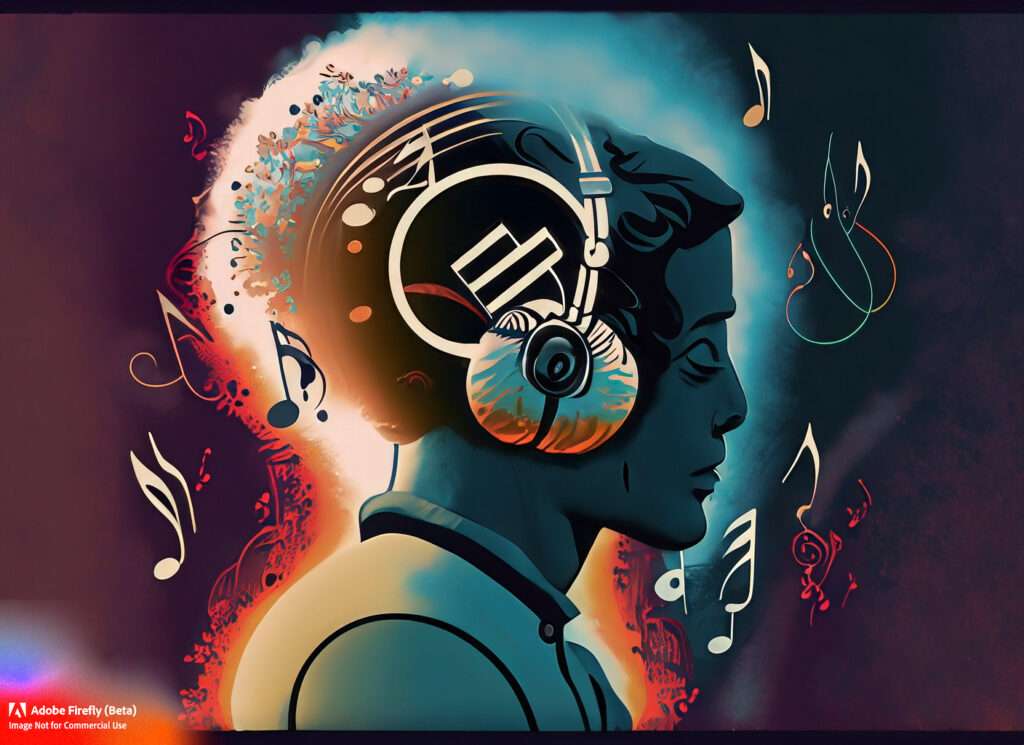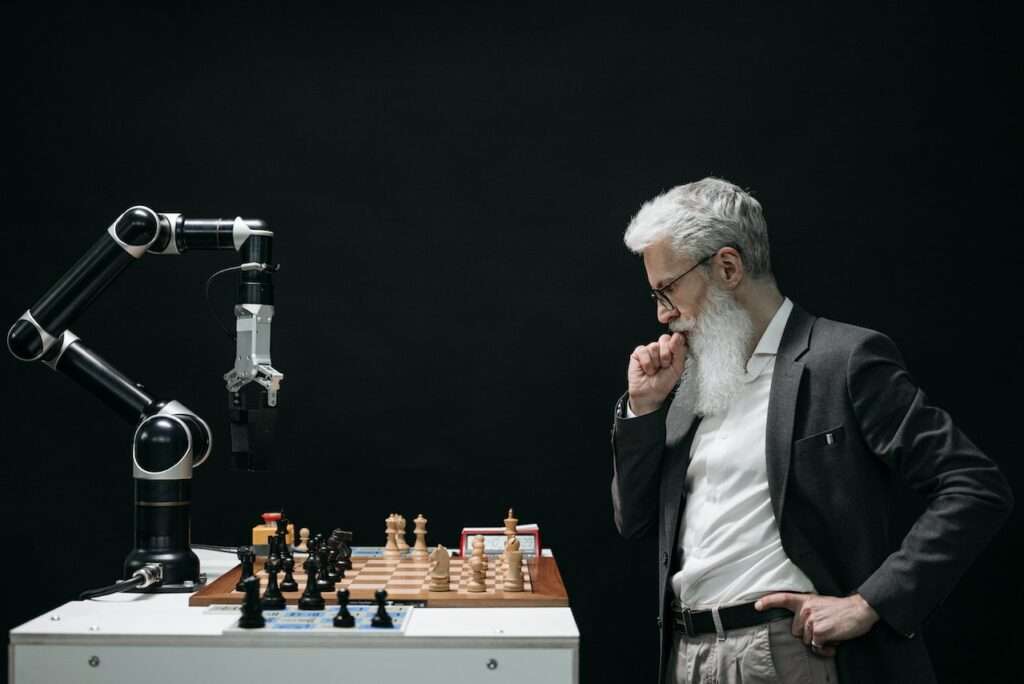Artificial Intelligence has come a long way since its inception. It has been used in various fields, from healthcare to finance, and now it is making a significant impact in the creative industries. With the rise of generative AI, Artificial Intelligence is inspiring a new era of creativity and innovation.
One remarkable area where AI has made significant strides is in generative AI, a technology that holds the promise of transforming creativity and unleashing a new era of innovation. This article will explore the rise of generative AI and its impact on various creative domains. From generating art and music to designing products and writing content, we will delve into how AI algorithms are reshaping the creative landscape.
1. Understanding Generative AI
Generative AI refers to the use of machine learning algorithms to generate new content, ideas, or designs that resemble human-created works. It involves training models on vast amounts of data and using complex algorithms to produce original outputs. The power of generative AI lies in its ability to learn patterns and characteristics from existing data and use that knowledge to generate novel and creative outputs.
One of the most exciting things about generative AI is its potential to democratize creativity. In the past, creativity was often seen as a skill that was only possessed by a select few. However, generative AI makes it possible for anyone to create new content, regardless of their level of skill or experience. This is a major step forward, as it opens up new possibilities for self-expression and communication.

2. AI in Art and Music
Generative AI has made significant contributions to the art and music industries. Artists and musicians are now leveraging AI algorithms to create unique and thought-provoking pieces. By analyzing existing artworks or musical compositions, AI can generate new works that emulate the style, techniques, or emotions present in the training data.
For instance, AI-generated paintings have been exhibited in galleries, challenging the conventional definition of art. Similarly, musicians have used generative AI to compose new pieces that captivate audiences. These AI-generated artworks and compositions not only provide new sources of inspiration but also push the boundaries of what is considered human creativity.

3. Design and Creativity
Generative AI has also found its way into design and creative fields. From product design to architecture, AI algorithms are transforming the way designers approach their work. By inputting specific design parameters, AI can generate countless design iterations, helping designers explore possibilities that might have been overlooked otherwise.
Moreover, generative AI can optimize designs for various factors such as functionality, aesthetics, or sustainability. By rapidly iterating and refining designs, designers can create innovative and efficient solutions. This not only saves time but also encourages experimentation, leading to breakthroughs in design thinking.
Generative AI is also making an impact in the fashion industry. Brands like H&M and Tommy Hilfiger are using generative AI to create unique designs. They train the algorithms on past collections and customer data to create designs that are tailored to their customer’s preferences. This approach not only saves time, but it also allows brands to create something unique and personalized for their customers.

4. AI-Generated Content
Content creation is another area profoundly influenced by generative AI. With the increasing demand for digital content, AI algorithms have been trained to generate high-quality articles, blog posts, and even social media captions. Although human involvement is still crucial for fine-tuning and adding a personal touch, AI-generated content acts as a valuable starting point.
AI algorithms analyze vast amounts of text data, understand language patterns, and generate coherent and relevant content. This empowers content creators by providing them with ideas, outlines, or even entire paragraphs that can be further developed and customized. The use of generative AI in content creation enhances productivity, enables scalability, and fuels innovation in the digital marketing landscape.

5. Ethical Considerations
While the rise of generative AI opens up exciting possibilities, it also raises ethical concerns. The ownership and copyright of AI-generated works are often ambiguous.
Determining the rights and responsibilities associated with AI-generated art, music, designs, and content poses significant challenges.
Additionally, the potential misuse of generative AI algorithms for deceptive purposes or unethical practices cannot be ignored. Ensuring that AI is used responsibly and that clear guidelines and regulations are established will be crucial in harnessing the true potential of generative AI while avoiding potential pitfalls.
Conclusion
Overall, the rise of generative AI is inspiring a new era of creativity and innovation. With AI, creatives can take risks and explore new concepts that they might not have otherwise tried. Generative AI is helping industries create unique and personalized content that speaks directly to their customers. It is clear that AI is not just a tool for automation but a source of inspiration that will continue to push the boundaries of creativity.


